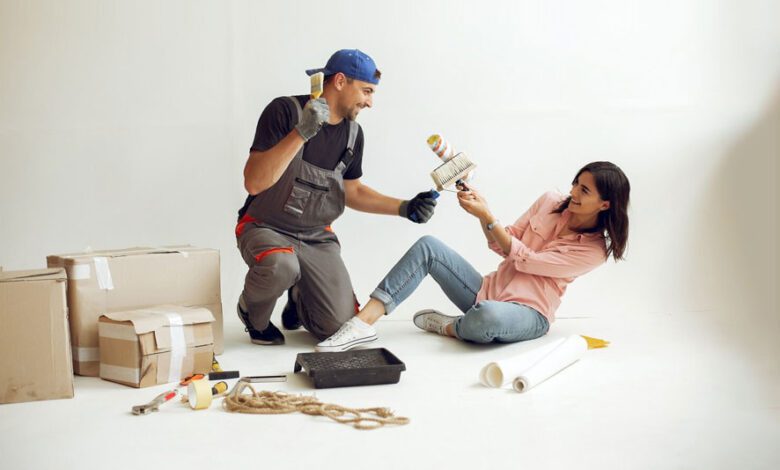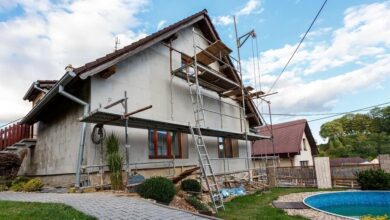What to Do With Your DIY Equipment While Renovating Your Place

If you plan on renovating your home, you’ll need to think about where to store your things while the work is ongoing. This is especially the case if the work is major: the last thing you want is to have your pricey DIY equipment, furniture, electronics, and other possessions ruined. The dust and debris alone from a renovation project can cause problems, potentially resulting in damage.
But what’s the best thing to do with your DIY equipment while the work is carried out? You’ve got a few options, and you can use the guide below to figure out which is the best for you.
Move Your Equipment into Another Room
If your renovation is fairly low-key, you may be able to simply move your DIY equipment into another room of the property or move it from room to room as the renovation progresses. It’s important to remember, however, that dust and debris can easily spread throughout the house – you’ll be surprised at just how far it can travel and the spaces it can permeate. So, if you choose this option, be sure to cover your equipment using protective plastic sheets or keep it in tightly secured boxes or crates.
If you have a garage or shed, you could also consider moving your DIY equipment there for the duration of the home renovation. A couple of things to consider with this option, though. Firstly, make sure this space is well secured to protect your equipment from theft. Secondly, if your stuff will be stored in a garage or shed for more than a day or so, this space will need to be free of dampness and humidity to ensure your stuff doesn’t suffer damage. This is especially the case with electronic items.
Keep an eye on things, too, and be prepared to jump to Plan B if you’re concerned that your equipment could be at risk.
Ask a Friend or Family Member to Store Your Stuff
If you’ve got a willing friend or family member who is happy – and has the space – to store your DIY equipment, this could be an option, too. Remember, though, your stuff may not be covered by your home or renters insurance in this scenario, so think carefully about this option. You’ll also need to consider logistics. Say you need an item of equipment one day for part of the renovation – if your friend lives some distance away or happens to be away or out at work, could this cause a problem?
Hire a Storage Unit
If you want the security of knowing your DIY equipment is securely tucked away and safe from harm, a storage unit is a great idea. Units come in a variety of sizes and are spacious enough that, even if you have a collection of large DIY equipment, there’ll be no problem fitting it all in. Plus, you can easily add items to an existing unit should you need to, and at no extra cost.
The best bit is that personal property in a storage unit is generally covered by renters insurance. So if you rent your pad and have this type of insurance policy in place (which is highly recommended), you’ll have peace of mind knowing that – should an unlikely disaster strike – your stuff is protected.
How do self-storage units work? Typically, you’ll be assigned a unit by the company and provided with either a key or passcode that you’ll use to access your unit whenever you like. Most such facilities are fully automated and open 24 hours for additional convenience. In terms of cost, this varies. However, the average amount you can expect to pay is around $90 a month for a unit that’s five by five feet.
Rent a Portable Container
Similar to the self-storage option, you could choose to rent a portable container from a storage company. A container will be delivered to your door, you pop in the equipment you want stored, and then the company will return to collect it and store it in their facility. A major plus of this option is that you can have the container delivered to you again if you wish to retrieve items or add more to it. As with a self-storage unit, you can choose from a variety of different container sizes to suit your needs.
The Takeaway
There’s a lot to think about when planning a home renovation. As well as the work itself, you’ll need to figure out where to store your stuff, such as your DIY equipment. The best option will depend on the exact nature of the renovation, your preferences, and your budget. Use the guide above to help you decide on the best course of action to ensure that your pricey DIY stuff doesn’t become a casualty of your home improvement project.



